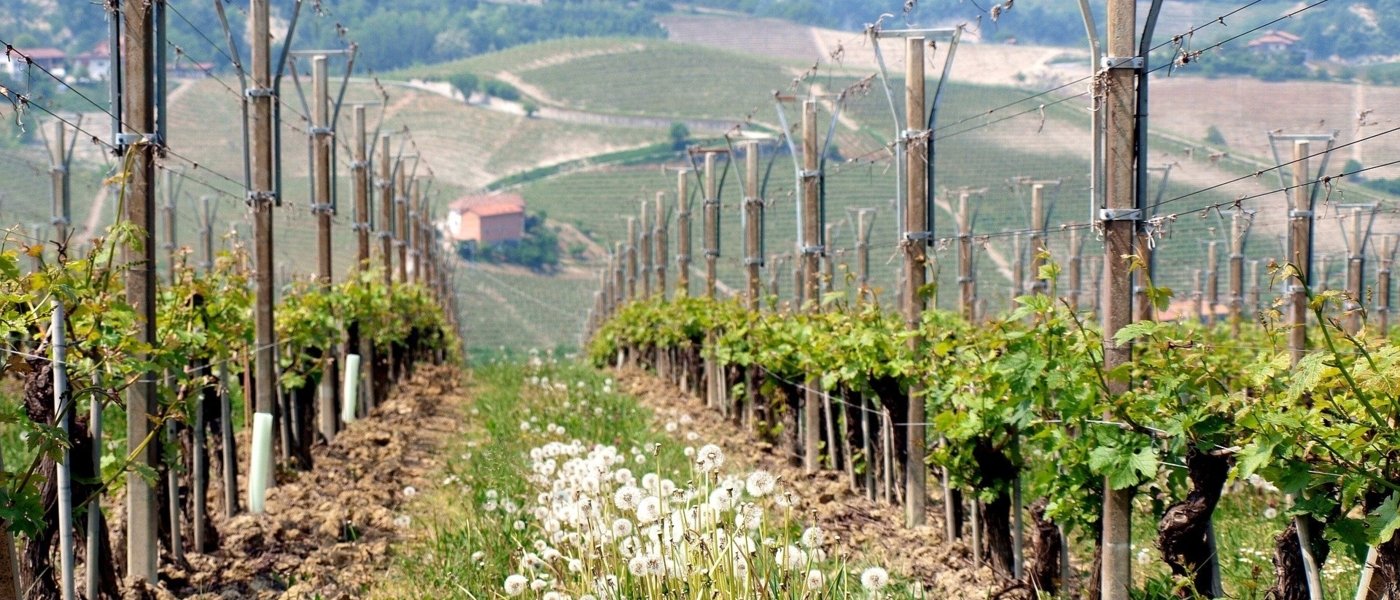At Wine Paths, our team of local experts organize wine tastings that help participants learn how to taste the differences between the key areas, as well to enjoy and understand the different styles of Chianti, in Tuscany, Italy.
Among other important considerations, our local experts will help wine lovers to grasp and taste the differences between DOC and DOCG and DOCG Classico, the latter whose wines are sealed with a black rooster (Gallo Nero in Italian). Chianti Classico is the oldest official wine region in Italy, celebrating its 300th anniversary in 2016. It was Cosimo III, the Grand Duke of Tuscany, who on September 24, 1716, legally classified some of Chianti’s key winemaking hotspots, delimiting the land around the village of Radda, Gaiole, Castellina and Greve. A Castellina in Chianti wine tasting will reveal the fine aromatic attack followed by a refined palate, which is not that dissimilar to the wines from Radda. A Greve in Chianti wine tasting will show how much variation there is in this sub-zone, which includes the purity of Chianti from the Panzano area with its clay and limestone soil.
In all, eight zones of Tuscany have the right to call their wines Chianti, making the picture all the more colourful. Chianti Ruffina, situated northeast of Florence, was also recognised by Cosimo III back in 1716 a superior site. Chianti Ruffina wines tend to be elegant, expressive and very focussed.
Sangiovese and the supporting cast
The Chianti blend is based on the Sangiovese grape, which is known for its taut structure, tanginess, perfumed red fruit, as well as earthy and floral notes. However, Sangiovese is an excellent articulator of terroir and the wines subsequently vary subtly from site to site. On top of this the Chianti blend can also include a number of other grapes that can be used in the blend, all with their own unique traits.
Chianti is the heartland of the Sangiovese grape, which can also be found in many other parts of Italy and it must account for at least 70% of Chianti DOCG and 80% of Chianti Classico DOCG. The rest can come from international grapes, such as Cabernet Sauvignon, Merlot, Syrah and Cabernet Franc, while local grapes Canaiolo and Colorino soften the blend and bring local colour and spice, and are experiencing a revival. The white wine grapes of Trebbiano and Malvasia Toscano also continue to be used by some winemakers to freshen up the final blend, although many have already eschewed this practice and vinify solely from red wine grapes. This all makes for varied and exciting wine tasting.
Chianti is also made in different ways, whereby the more traditional winemakers favour the classic, large Slavonian oak botti, while others use French oak to refine the finish of the wine. Incidentally, the top of the Chianti Classico tree is occupied by the Chianti Classico Gran Selezione category, which was introduced in 2014 and must be made exclusively from a winery’s own grapes and aged for a minimum of 30 months, compared to 24 months for the Classico Reserva. This all serves to make wine tasting in Chianti all the more varied.
The best wine tasting in Chianti will help guide your palate to recognise the distinctive taste of Sangiovese and its supporting cast, from differing terroirs, and help you to appreciate Chianti in all its glorious complexity.








